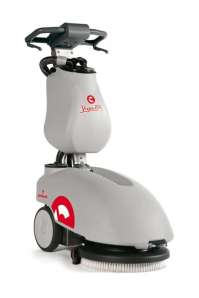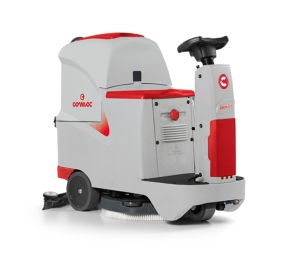![Comac_systems[1]](https://ifmuk.wordpress.com/wp-content/uploads/2013/12/comac_systems12.jpg?w=300&h=199)
Scrubber driers are the quickest, most productive and ultimately the most cost-effective means to clean just about any hard floor surface.
Because clean water is constantly fed through to the floor and with the agitating action of the scrubbing head/s, floors are left much cleaner than by using a traditional mop and bucket. Add to this the fact that scrubber driers are a lot less labour intensive and much more efficient, they provide real value to anyone who needs to maintain vinyl, concrete, tile, stone or even wooden floors.
When it comes to choosing the best scrubber drier for your needs, there are a few basic things to consider. Below are the top 7 factors that you should evaluate when looking to purchase a new scrubber drier.
1. Size and Type of Floor Area Being Cleaned
Often when choosing a scrubber drier, people will base their decision on the machine size they believe will be best suited to clean the largest area of floor space. However, avoid making costly mistakes and evaluate all of the areas that the scrubber drier could be used.
For example, a school may be looking for a scrubber drier to clean a gym floor, but could also use it in changing rooms, corridors and even classrooms. Selecting a machine of a size that is right for all areas can often be more beneficial, because whilst you may sacrifice a little extra time when cleaning the gym, the time saved cleaning other areas can add up quickly. Being able to use a scrubber drier in smaller spaces can recover hours of labour to be applied elsewhere.
If you have a lot of open area though, a ride-on scrubber drier may be a good option. Ride-on scrubber driers can actually use less operating space. Because you sit within the footprint of the machine, the space you would normally stand behind the machine is no longer used. This can be as much as 20cm saved over using a walk-behind, and by sitting operators are less fatigued, can work more productively and cover more space in less time.
2. Dimensions
The dimensions of a scrubber drier should be closely evaluated.
Most scrubber driers are designed to fit through a standard doorway, but many times in older buildings, there are a variety of doorway sizes. Check the width of the machine, whether it is a walk-behind or ride-on scrubber drier. Don’t just look at the brush head size because for most scrubber driers, the squeegee will be the widest point.
If you have to transport a scrubber drier from one floor to another by lift, check the length as well as the width, and for a ride-on machine check the height with the operator on board as well.
Weight is also important. Check the weight of the machine (including batteries if it is battery powered) and make sure it is safe to go in lifts, on certain floor surfaces and other inclines.
3. Filling and Drainage Locations
Because scrubber driers can hold a lot of water, in some cases over 200 litres, it is important to consider where you will be filling and emptying the machine. Having enough space and/or suitable length of filling hose to reach can be challenging in some facilities.
Likewise, it can also be difficult to find a place to drain the dirty water. Depending on the type of facility you are cleaning and local waste water regulations, you have to be aware of the safest and most convenient places to empty a scrubber drier. The drain or dump hose on all makes and models are a little different. Make sure the scrubber drier you select is compatible with the drain options you have.
4. Charging Areas
Whilst some smaller and medium sized scrubber driers are mains powered and thus have a trailing cable, most medium, all larger and certainly most ride-on scrubber driers are battery powered, using either wet cell, gel or AGM maintenance-free batteries. Some ride-on scrubber driers may also be LPG or diesel powered, this in itself poses issues for storage and access to appropriate fuel supply.
Re-charging batteries is a very important consideration. Always check that the area where the machine is located for charging has the appropriate power supply. It is also important to note the power supply available on site, and select a charger of the correct voltage, namely 240v or 110v (usually on construction sites).
Be aware that some charger units draw more electricity than others when charging and so make sure you are not overloading the circuit when the batteries are plugged in.
It is also important that the charging area is well ventilated. If your scrubber drier has wet cell lead batteries, they give off gas and require a well-ventilated area whilst being charged. The newer generation of deep cycle batteries, including gel and AGM (Absorbed Glass Matt) are sealed, maintenance-free and do not give off gasses. With these, ventilation is not as much of a concern.
5. Storage
When the machine is not being used, having enough space to store a scrubber drier in a safe place is very important. Many of the larger sized machines have a key switch that won’t allow unauthorised operation, so long as the key is removed and stored securely when the machine is not in use.
There is always the risk that a machine could be tampered with or if stored in an inappropriate location, it could be in the way. Most scrubber driers do take more storage space than a mop and bucket, so plan ahead for a safe, secure yet accessible storage space.
6. Operators
Just like any piece of equipment, it is the person operating a scrubber drier that has to take the responsibility for the safe use, care, security and regular maintenance of it. Limiting the number of users reduces the chance that it will get misused.
Those selected to use it should receive full familiarisation training in the use and basic maintenance of the machine. Keeping the scrubber drier maintained properly can extend its life, increasing its return on the investment you have made.
Simple things like keeping wet cell batteries filled with de-ionised water, squeegees cleaned, turned and replaced, brushes replaced when showing signs of wear are all simple steps that can save hundreds of pounds in replacement parts and service costs.
7. Financing Options
Many scrubber driers are considered an expensive luxury, a must-have machine to deliver required cleaning standards, but at a cost.
Consider various financing methods including outright purchase if budget allows, short-term hire if the machine is only required for a short period, or finance leasing. This last method is a great way of improving cash flow, retaining credit lines, allowing for simpler budgeting and lease rentals are also 100% allowable as an expense for tax relief!
Summary
Scrubber driers can deliver a great improvement to most cleaning regimes. The productivity they provide can greatly outweigh their cost. Just ensure you select the right machine for your application, provide all operators with thorough training in its use and regular basic maintenance, and properly cared for it will deliver many years of effectively and efficiently cleaned floors, contented operators, satisfied clients and building users, and a great return on your investment.

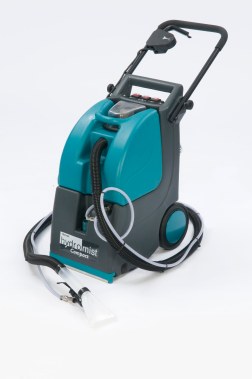
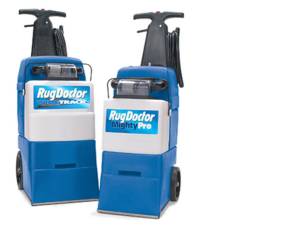
![B112-05[1]](https://ifmuk.wordpress.com/wp-content/uploads/2014/01/b112-051.jpg?w=226&h=300)
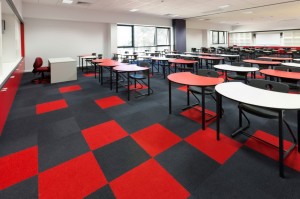
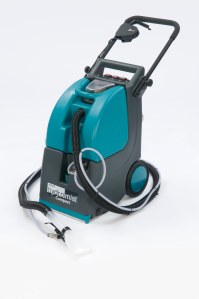

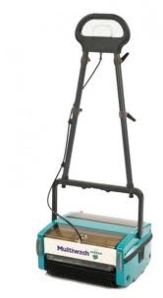
![096-vis-entire-rgb[1]](https://ifmuk.wordpress.com/wp-content/uploads/2013/11/096-vis-entire-rgb11.jpg?w=199&h=300)
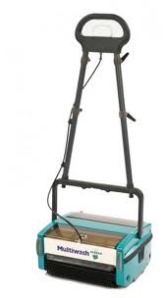
![lease_example[1]](https://ifmuk.wordpress.com/wp-content/uploads/2013/12/lease_example1.jpg?w=217&h=300)
![Comac_systems_2[1]](https://ifmuk.wordpress.com/wp-content/uploads/2013/12/comac_systems_212.jpg?w=300&h=254)
![Comac_systems[1]](https://ifmuk.wordpress.com/wp-content/uploads/2013/12/comac_systems12.jpg?w=300&h=199)
